The present design was first used by the Republic of Haiti under President Alexandre Pétion in 1806. It was most recently readopted on 25 February 2012 under Title I, Chapter I, Article 3 of the current Constitution of Haiti.
The emblem of the Haitian Nation shall be a flag with the following description:
– Two (2) equal-sized horizontal bands: a blue one on top and a red one underneath;
– The coat of arms of the Republic shall be placed in the center on a white square;
– The Republic’s coat of arms is a Palmette surmounted by the liberty cap and under the palms a trophy with the legend: In Union there is Strength.
Contrary to the constitutional mandate, the white field is rarely (if ever) rendered as a square. A rectangle with an 11:9 ratio has been adopted by the Haitian Ministry of Information and Coordination since 1987 or earlier.
The first purely Haitian flag was adopted on 18 May 1803, on the last day of the Congress of Arcahaie, about 80 kilometers (50 mi) north of Port-au-Prince. Haitian lore holds that the newly appointed revolutionary leader Jean-Jacques Dessalines created the flag by taking a French tricolor and ripping out the white center, which he discarded. He then asked Catherine Flon, his god-daughter, to sew the remaining bands together. The white pale was removed, the blue was taken to represent Haiti’s black citizens, and the red “Les gens de couleur”. The story is widely known in Haiti: the anniversary of the date is celebrated as Flag and Universities Day and images of Catherine Flon have appeared on Haitian currency and stamps.
Following his proclamation as Emperor Jacques I, Dessalines promulgated a new constitution on 20 May 1805. In it, the colors of the flag were altered to black and red. Henri Christophe subsequently adopted this flag, and the Republicans under Alexandre Pétion returned to the colors blue and red, subsequently turning them horizontal and adding the newly adopted Haitian coat of arms.
During the period of the Haitian Empire of Faustin I, his coat of arms was used on the flag and for official functions, but it was subsequently abandoned upon his removal from office.
Between 1964 and 1986, the family dictatorships of François “Papa Doc” and Jean-Claude “Baby Doc” Duvalier returned to Dessalines’ black and red design. They included the national coat of arms but altered the flags in its trophy to black as well. Because the coat of arms was only used for national and military flags, whereas the civil flag consists solely of the two unaugmented horizontal bands, it was discovered at the 1936 Summer Olympics in Berlin that Haiti and Liechtenstein were using the same flag. This led to the addition of a crown to the design of the flag of Liechtenstein.
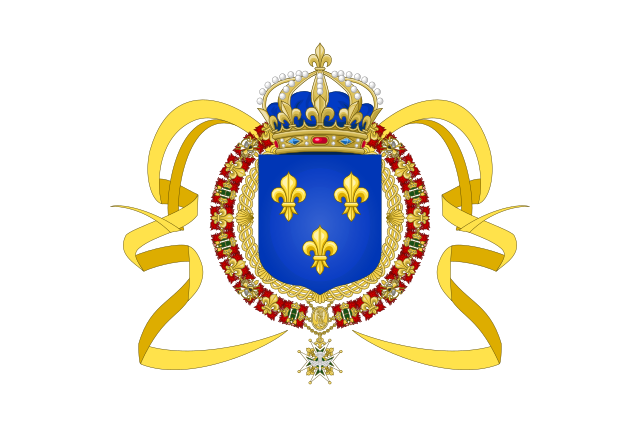
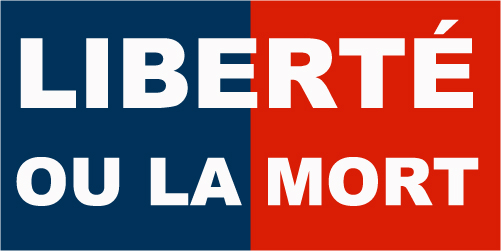


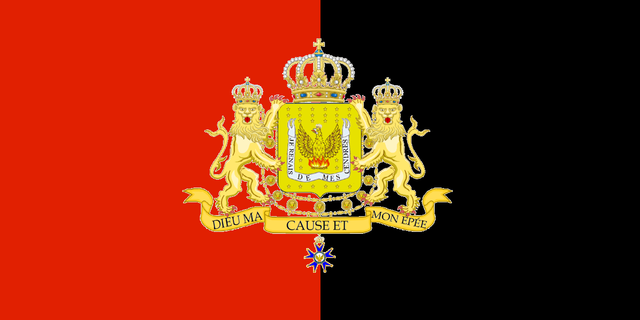
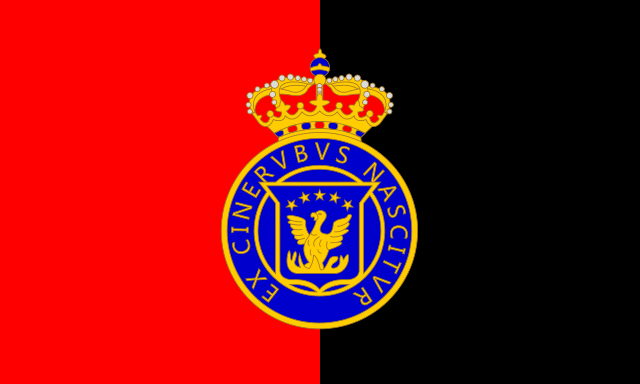
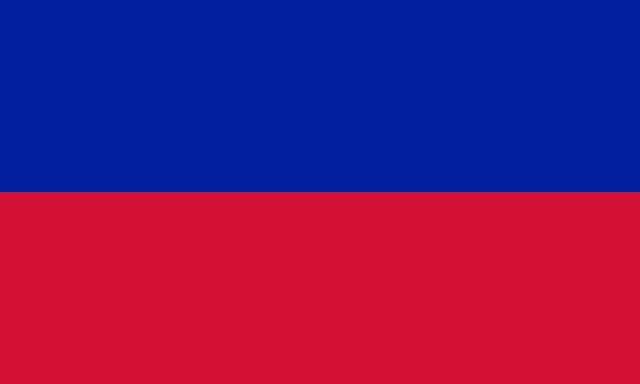
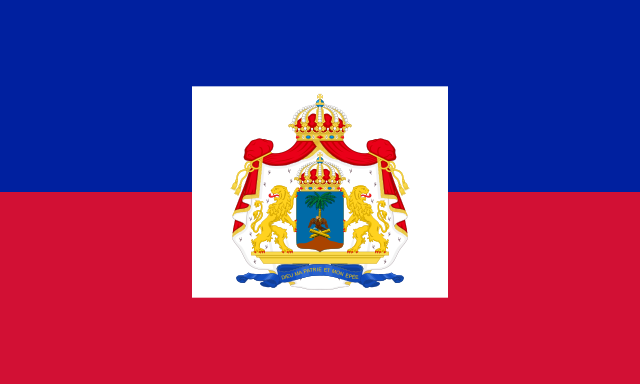
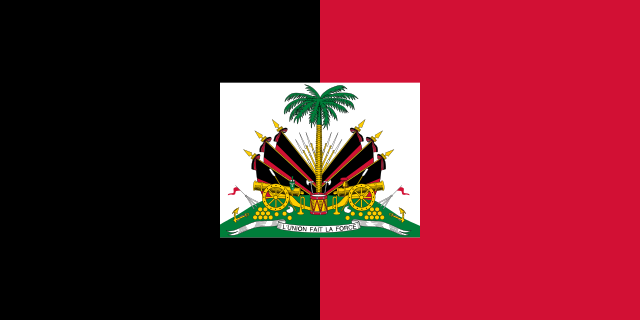
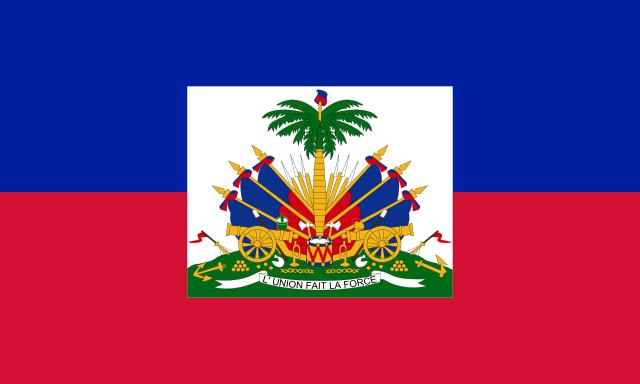
Author
Stay connected for new publications, events, and more.






More Stories
Toussaint Louverture : L’Héritage Immortel d’un Révolutionnaire à l’Occasion de l’Anniversaire de Sa Mort
Cheikh Anta Diop : L’homme qui a redessiné les racines de l’Afrique
Rosa Parks : L’icône du mouvement des droits civiques qui a changé l’histoire